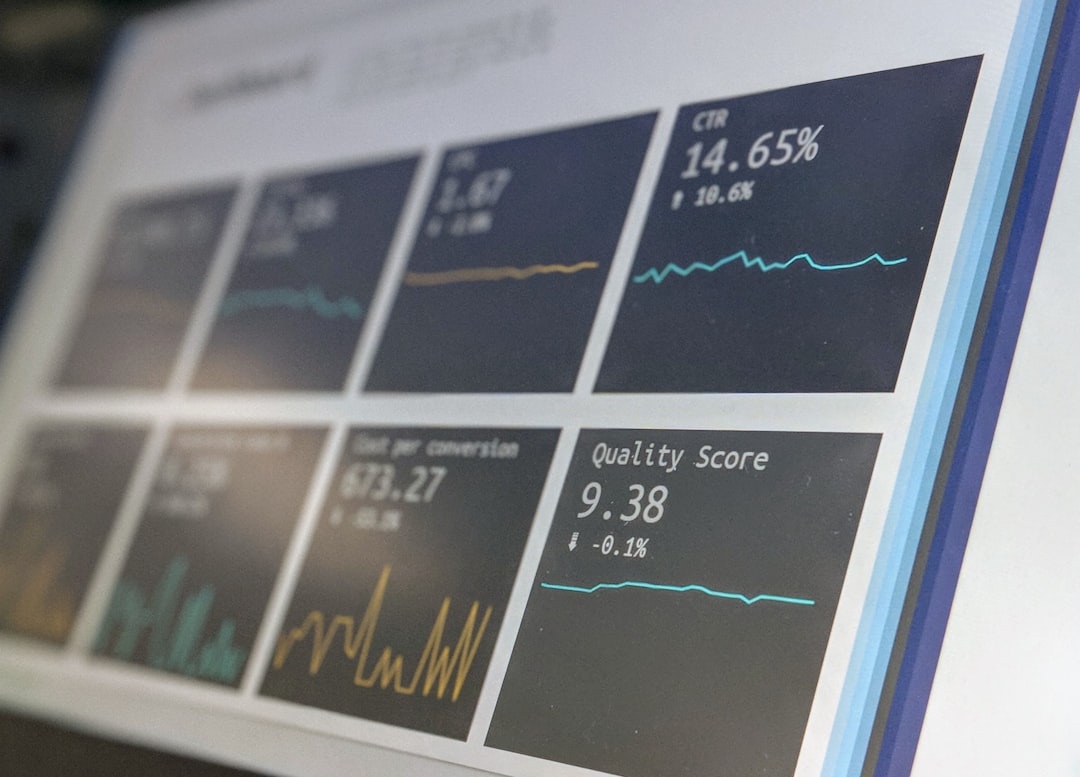
Top Economic Predictions for 2024: What to Expect
# Introduction. As we step into 2024, economists and financial analysts are buzzing with predictions that can significantly impact businesses, investors, and consumers alike. With the remnants of a global pandemic, evolving geopolitical landscapes, and environmental issues, the economic horizon is both promising and challenging. This post will delve into key predictions for 2024, focusing on growth trends, inflation rates, labor markets, and the impacts of technology on the economy. # Growth Expectations: Global and National Trends. Economic growth in 2024 is anticipated to vary across different regions and countries due to differing recovery paces from the pandemic. The International Monetary Fund (IMF) has projected that the global economy will continue its gradual recovery, with expected growth rates averaging around 3.2% to 3.5%. Emerging markets are likely to lead this growth, particularly in Asia and Africa, where increased consumer demand and infrastructure investments are helping to propel economies forward. In developed nations, growth rates may remain subdued but stable. Factors such as elevated interest rates aimed at combating inflation and potential slowdowns in consumer spending will play a crucial role. Analysts predict that the U.S. economy might witness a growth rate of 1.5% to 2%, driven by resilient consumer spending and business investments in technology and productivity tools. # Inflation: The Continuing Battle. Inflation has been a key concern since the pandemic's onset, and predictions for 2024 indicate that while inflation rates won’t disappear, they are expected to stabilize. Most economists foresee rates declining towards the 2% mark, which central banks have targeted as optimal. The Federal Reserve's actions to manage inflation, including potential interest rate hikes, will critically influence these rates. However, certain sectors may still experience higher inflation due to supply chain issues and higher labor costs. For example, the food industry continues to face challenges that may keep prices elevated longer than expected. Additionally, energy costs, particularly in Europe, remain volatile due to geopolitical tensions, which can further complicate inflation forecasts. # Employment and Labor Market Dynamics. With the anticipated moderation in economic growth, labor markets are also expected to adjust accordingly. The job market has had an uneven recovery, and analysts suggest that unemployment rates may stabilize around 4% to 4.5% in the U.S. as hiring slows in certain sectors. Moreover, wage growth might continue to occur but at a more modest pace than in the past couple of years. Fields such as healthcare, technology, and green energy are likely to see robust demand for skilled professionals as industries navigate digital transformation and sustainability goals. Conversely, sectors significantly impacted by the pandemic, such as hospitality and travel, may still struggle to find workers, potentially leading to short-term stagnation. # Technological Impact on Economic Growth. The role of technology in shaping economic trends cannot be overstated. The acceleration of digital transformation during the pandemic has carried over into 2024, influencing how businesses operate and compete. Investments in automation, artificial intelligence, and remote work technologies are set to redefine productivity levels across various industries. As companies streamline operations and cut costs through technology, analysts predict that overall economic efficiency will improve. This shift may also exacerbate skill gaps in the labor market, leading employers to seek workers with advanced digital skills. Consequently, educational and training institutions will need to adapt to prepare the future workforce adequately. # Conclusion. As we look forward to 2024, the economic landscape reveals both opportunities and challenges. From cautious growth and stabilizing inflation to labor market adjustments and technological advancements, these predictions provide a framework for businesses and individuals to navigate the forthcoming year. Staying informed will be crucial for making strategic decisions and adapting to the ever-evolving economic climate. While the future may not be entirely predictable, understanding these trends can empower everyone from policymakers to everyday consumers in adapting to the changes ahead. .







